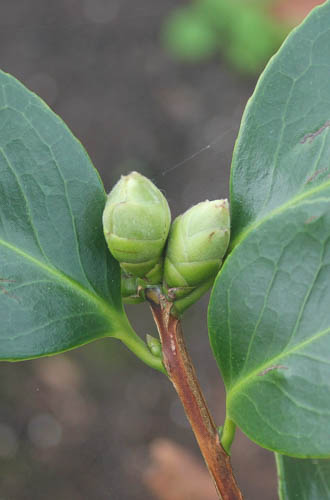
It is not always practical to grow everything from seed, so make a list of plants you intend to sow and those to be bought as plug plants. Plug plants save time and space in the greenhouse and heating costs, too.
Once you have placed your orders, write the labels for the seed trays, put them in alphabetical order and in an elastic band, then all you need to do is add the sowing date, later on.
Aubergines can be sown at 18-21°C (65-70°F) in pots or modules of peat-free seed sowing compost in a propagator. Once the seeds have germinated, grow lights help to keep growth compact.
Antirrhinums and lobelia, can be sown in a heated propagator at a minimum of 21-24C (70-75F), lightly covering geranium seed with fine grade vermiculite. Begonia should be surface sown and left uncovered as they need light to germinate. Sow summer cauliflowers and make small sowings of onions, radish and early carrots in a cold greenhouse towards the end of January. Peas, lettuce and radish can be sown in greenhouse borders or old growing bags.
If you missed sowing broad beans in autumn, sow some now under glass for an early summer harvest, 5-8cm apart and 2.5cm deep in deep trays of peat substitute multipurpose compost or singly in small pots. Put them in a cool frost-free greenhouse, and ‘harden off’ before planting outdoors in early spring. ‘The Sutton’ and ‘Robin Hood’ are both dwarf and ideal for windy sites; ‘Aquadulce’ and ‘Aquadulce Claudia’ are reliable elsewhere.
Water plants showing signs of drought giving them just enough to prevent desiccation, water in the morning so the compost is dry before evening; don’t splash water onto the leaves or into the crowns.
Bring containerised or patio peaches into the greenhouse to prevent problems with ‘Peach Leaf Curl’ which shows as red pustules on the leaves and can defoliate plants. The disease is caused by water splash. Keep the pot indoors until mid-May if you can, if not, move them to the ‘rain shadow’ of a garden wall or fence. Bring potted camellias into the greenhouse to encourage early flowering and protect the blooms from frost.
Sow hardy annuals like cornflowers, pot marigold and Ammi visnaga in modules of peat free multipurpose compost for hardening off and transplanting outdoors later in the season.
Strawberries that were lifted and potted up last summer, can now be brought into the greenhouse. Put them on the bench near the glass for maximum light. Once flowering commences, pollinate the flowers by hand, transferring pollen from one flower to another using a fine artists brush. Keep the compost moist and feed with dilute tomato fertiliser every two weeks to encourage flowering and fruiting. They can be ‘hardened off’ after fruiting and planted outdoors later in the season.
Detach the main stems of grapes from their straining wires and scrape off the loose bark, then winter wash to control red spider mite and mealy bug. If you haven’t already done so, cut back last year’s stems to within one bud of the main framework, very early in the month before the sap starts to flow.
Happy New Year to you and your greenhouse. Matt


